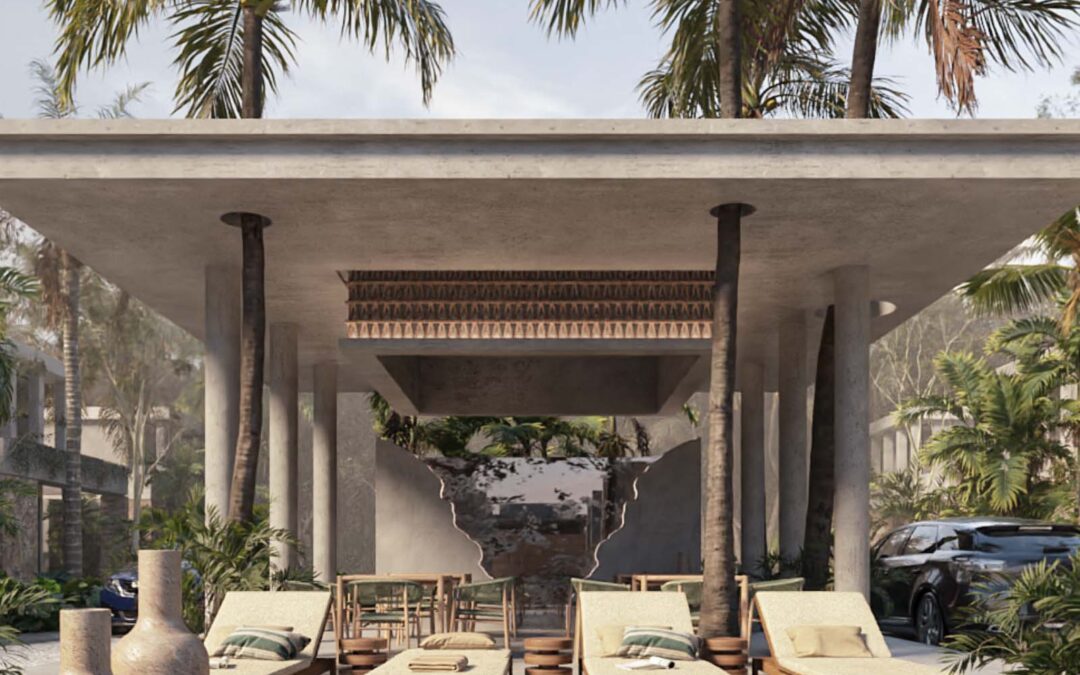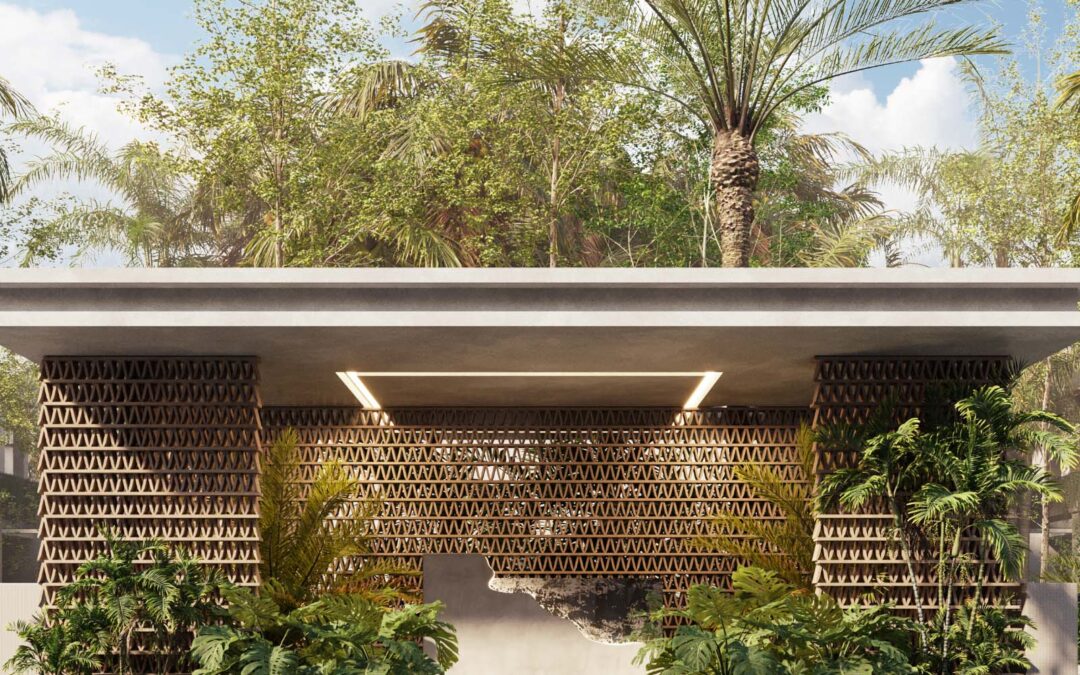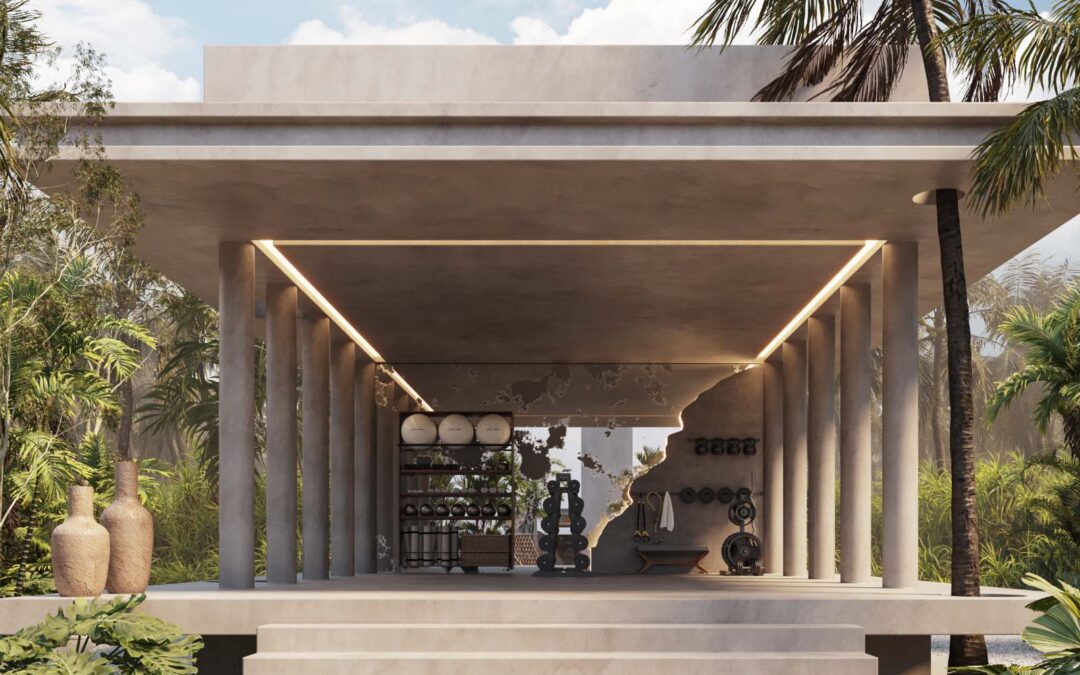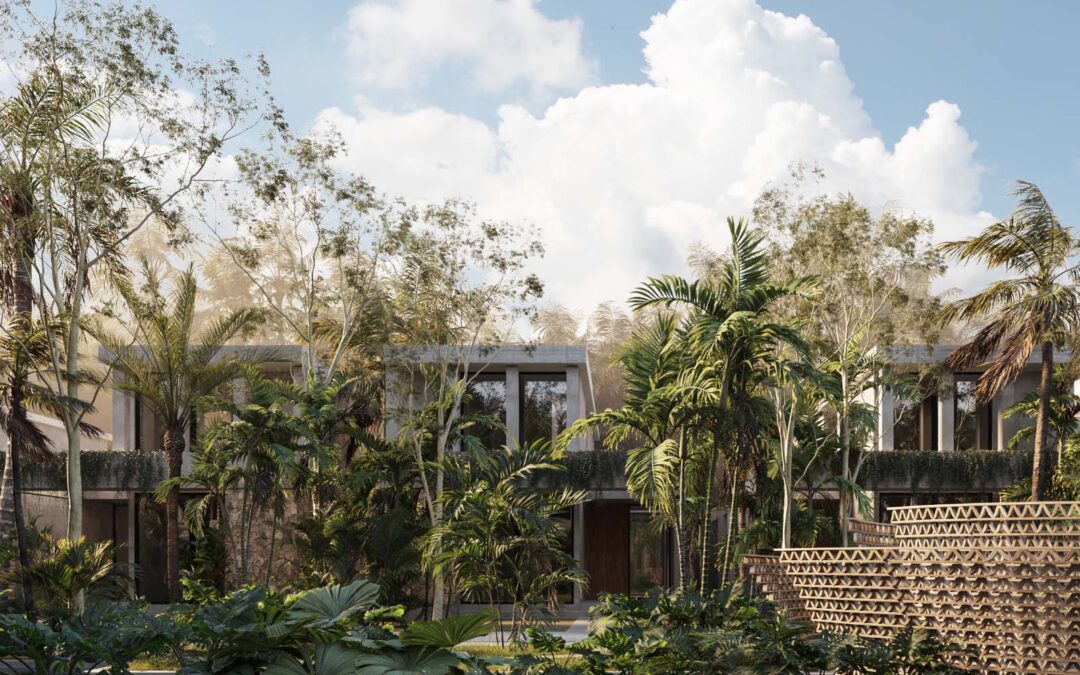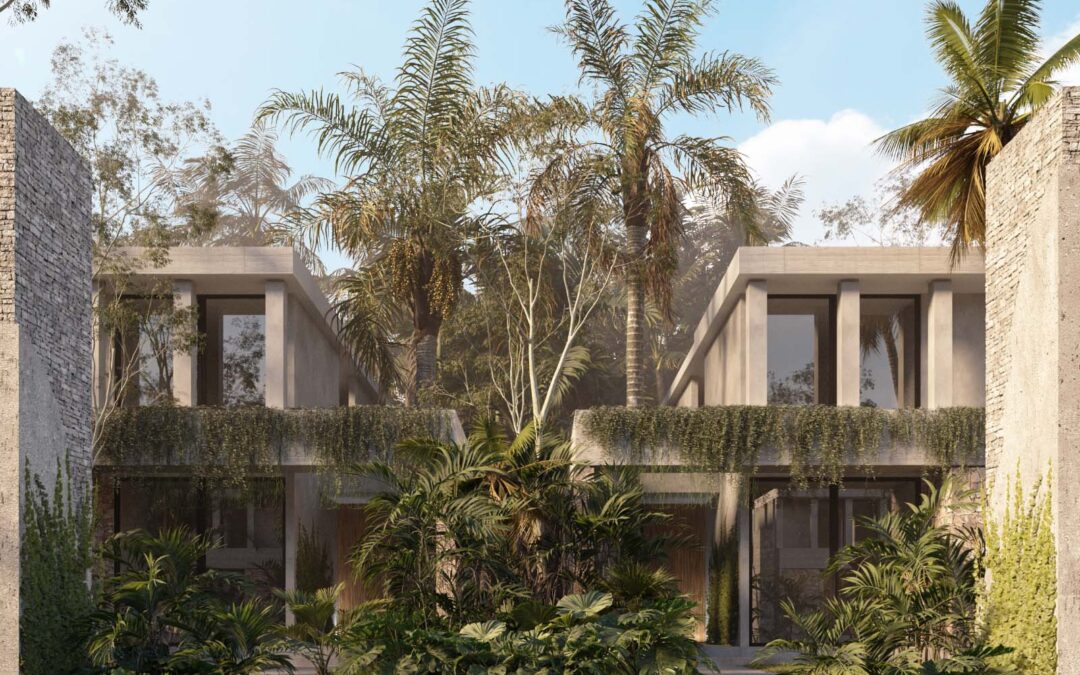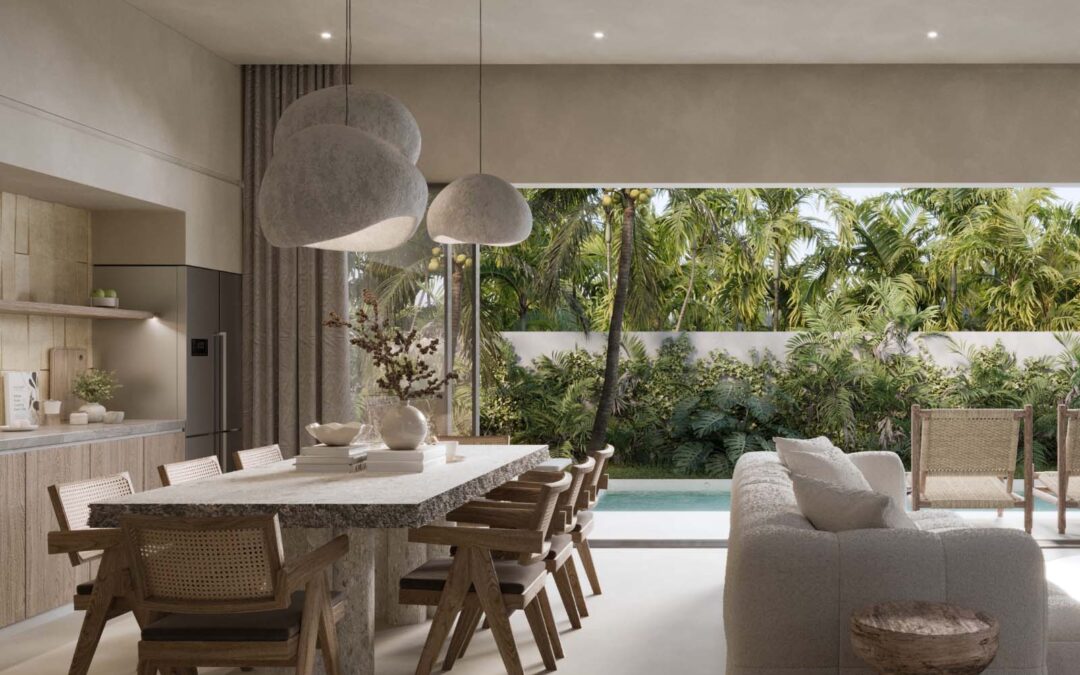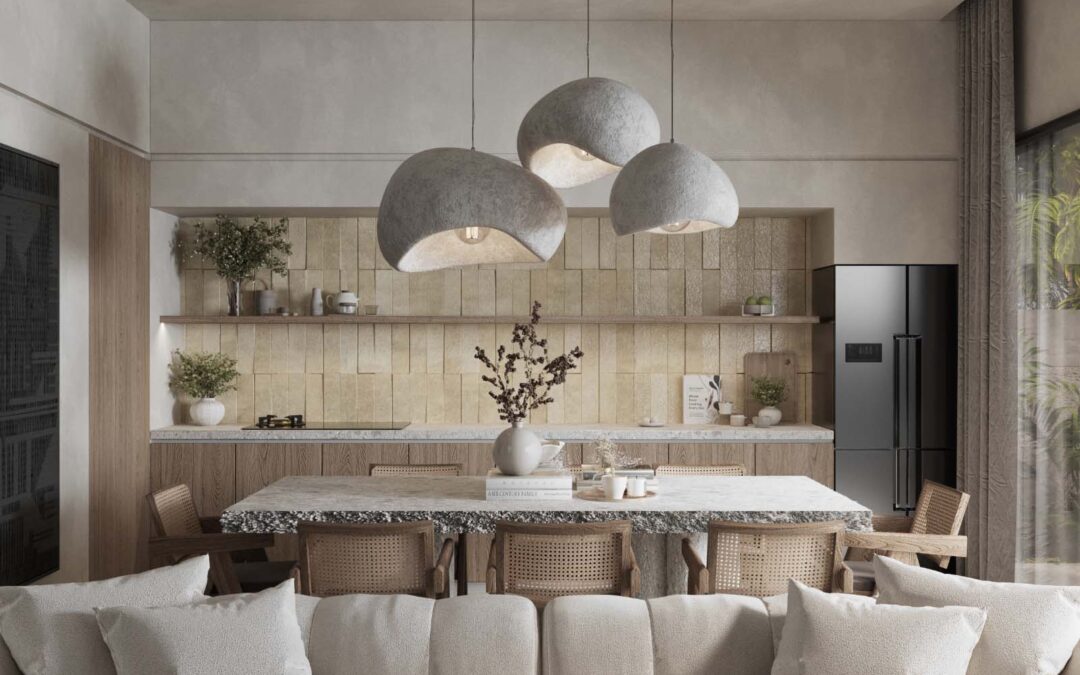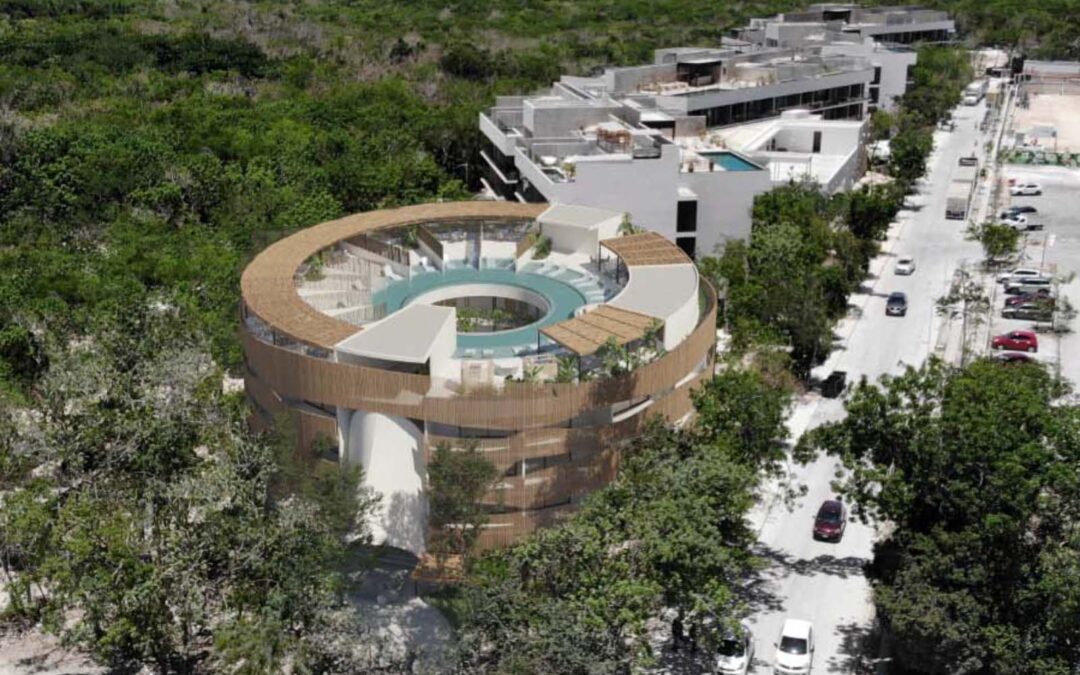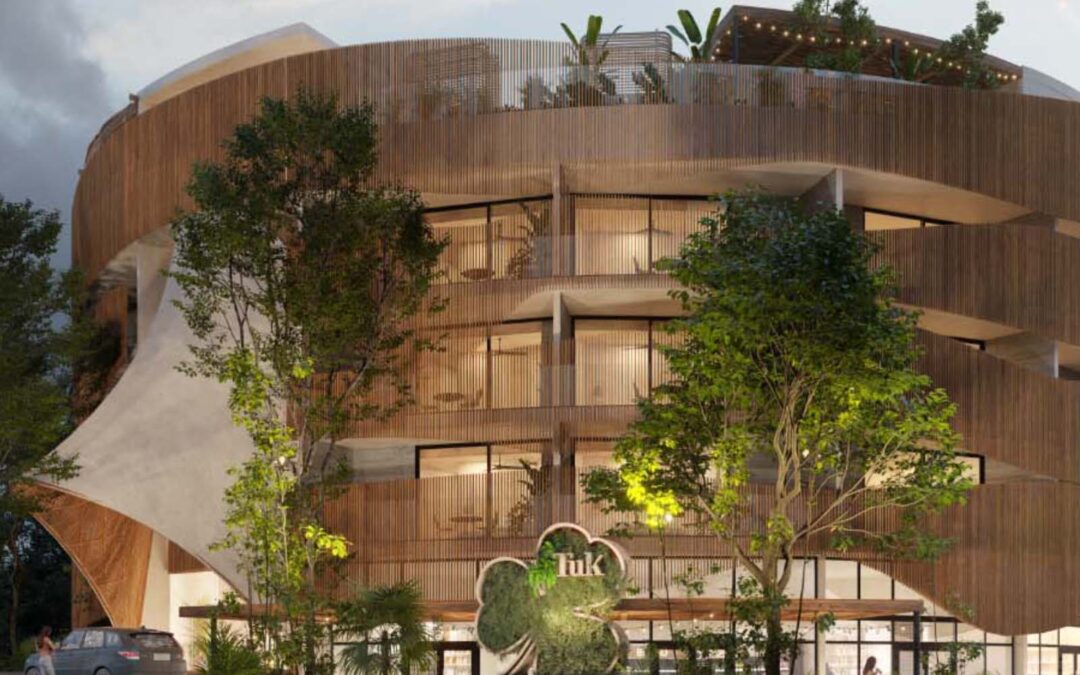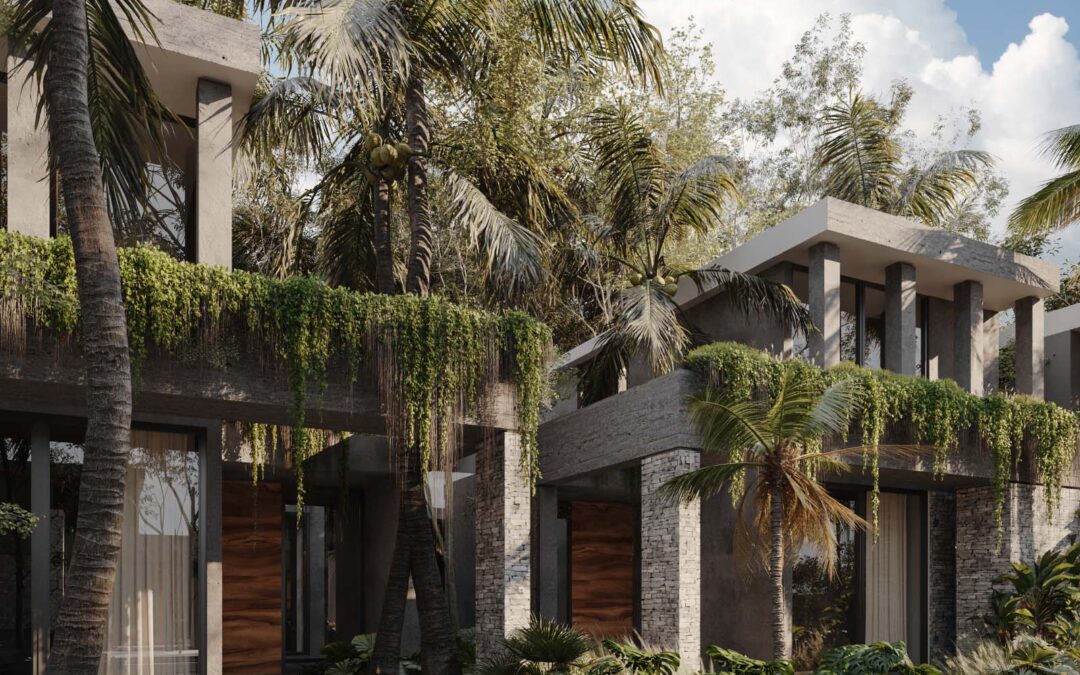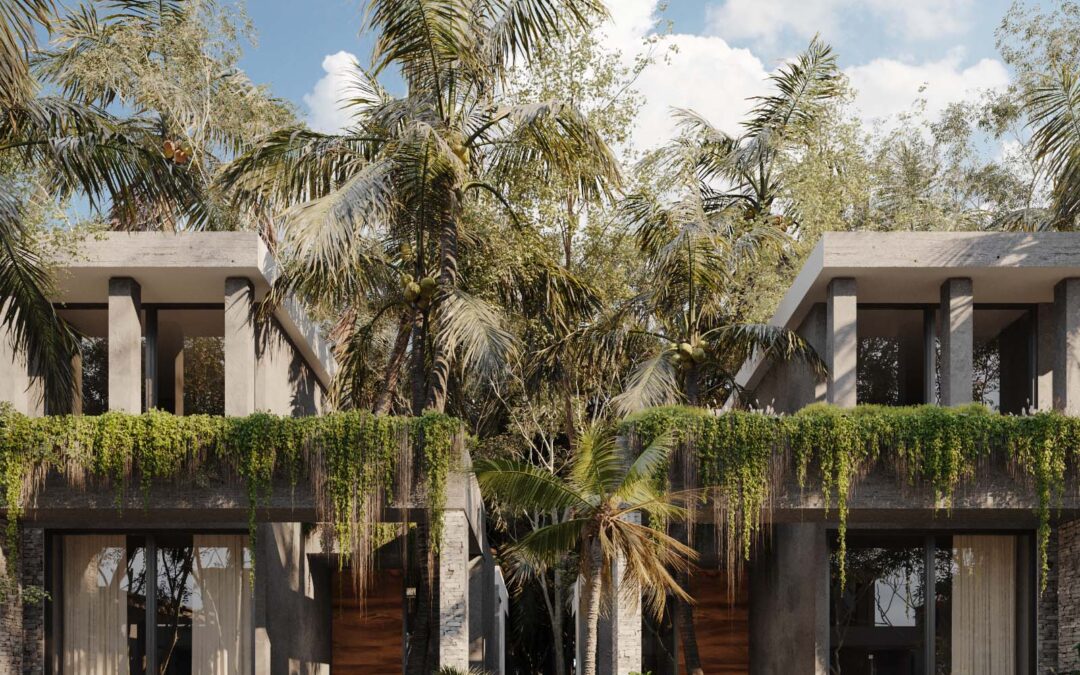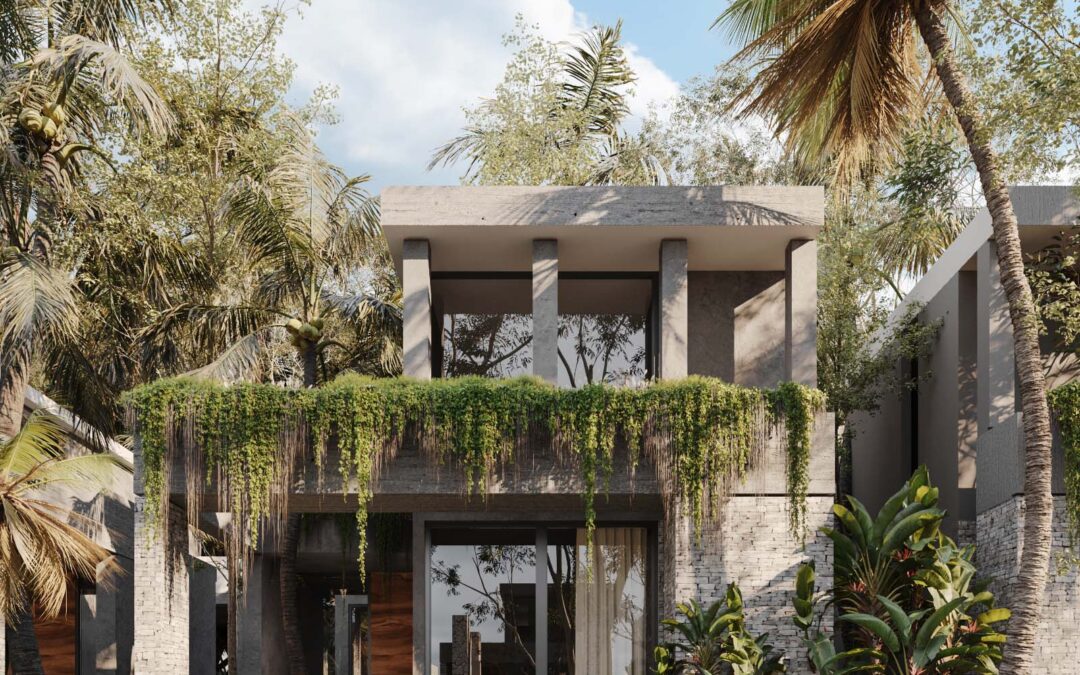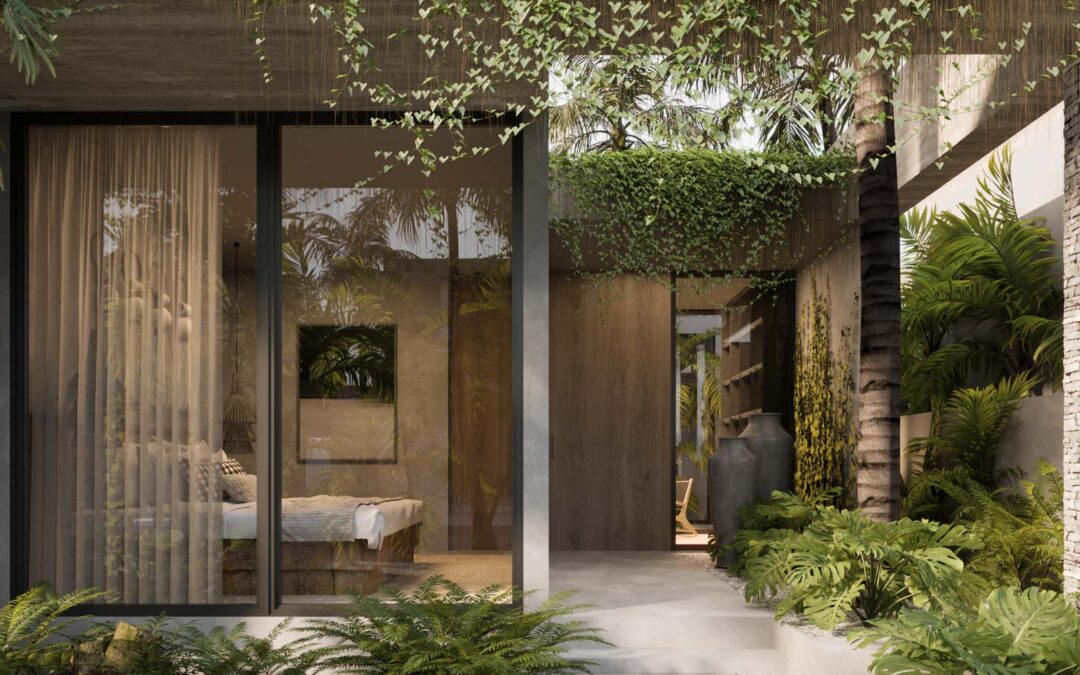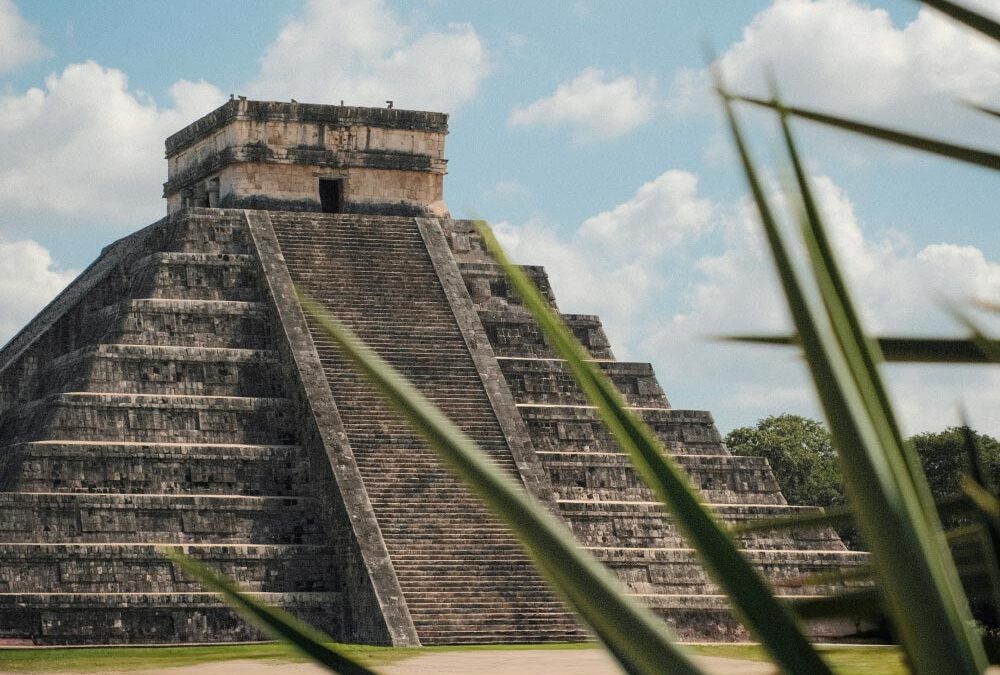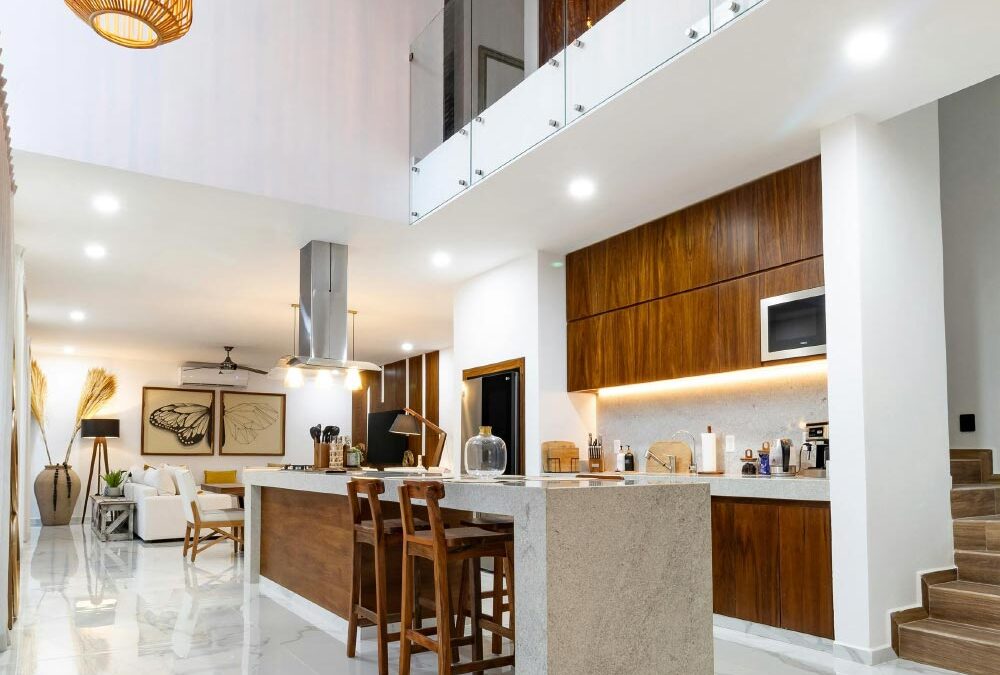In the dynamic world of luxury real estate, pre-construction properties have emerged as a compelling investment opportunity for buyers seeking both flexibility and financial efficiency. Among their many advantages, the provision of flexible payment plans stands out as a significant financial innovation. These plans are designed to ease the path to property ownership, particularly in high-value markets where immediate full payments or substantial mortgage commitments can be prohibitive. Flexible payment structures are especially advantageous for investors who wish to secure assets without depleting their liquidity, and for first-time buyers aiming to enter the market without overextending their budgets.
In a pre-sale arrangement, buyers are typically offered a phased payment schedule that aligns with the property’s construction milestones. This allows them to distribute financial outlays over several years, effectively reducing the upfront cost of ownership. The accessibility of these plans, combined with the potential for significant capital appreciation during the construction phase, makes pre-construction properties a uniquely attractive option in today’s competitive real estate environment. In this article, we delve deep into the mechanics of flexible payment plans, their financial benefits, and the strategic opportunities they offer for buyers and investors alike.
Understanding Pre-Construction Payment Plans
How Payment Plans Work
Pre-construction properties are sold before their completion, giving buyers the opportunity to participate in a payment schedule that is spread over the construction period. Typically, buyers begin by making an initial deposit, often around 5-10% of the total purchase price, to secure the property. Following this, additional payments are scheduled at specific milestones in the construction process, such as the completion of the foundation, structural framework, and exterior finishes. These milestone payments allow developers to fund the ongoing construction while providing buyers with a staggered financial commitment.
The balance of the payment is usually due upon project completion, which is when buyers take formal possession of the property. In some cases, developers may offer post-construction payment options, further extending the timeline. These arrangements are particularly appealing to buyers who are looking to align their financial outlays with anticipated income streams or other investments.
Key Elements of Payment Plans
Pre-construction payment plans are designed to be as flexible as possible, catering to a wide range of financial situations. Key features include:
- Low Initial Deposits: Initial payments are typically a small percentage of the property’s total cost, making it easier for buyers to secure ownership without large upfront expenses.
- Milestone Payments: Payments are tied to significant construction stages, ensuring that buyers only pay for progress made on their property.
- Extended Timelines: Payment schedules can span several years, sometimes even beyond the property’s completion, allowing for gradual financial planning.
- Customization: Some developers offer customizable payment plans, allowing buyers to negotiate terms that best fit their personal financial circumstances.
Key Financial Advantages of Flexible Payment Structures
Lower Immediate Financial Burden
Unlike traditional real estate purchases, which often require full payment or substantial mortgage commitments upfront, pre-construction properties allow buyers to spread their financial obligations over an extended period. This significantly reduces the immediate financial burden, enabling buyers to allocate funds to other pressing needs or investment opportunities. For example, a buyer purchasing a $500,000 property may only need to pay an initial deposit of $25,000 to $50,000, with the remaining amount distributed over several years. This gradual approach provides greater affordability and financial breathing room for individuals and families alike.
Capital Growth Potential
Investing in a pre-construction property often allows buyers to lock in today’s market prices, which can be significantly lower than the property’s value upon completion. Over the typical 1-3 year construction period, market conditions may improve, leading to a rise in property values. This appreciation translates into capital gains, providing buyers with immediate equity. For instance, a pre-construction condominium purchased at $400,000 may be worth $500,000 upon completion, yielding a 25% increase in value before the buyer has even moved in or rented the unit.
Improved Cash Flow Management
For investors, staggered payment schedules provide the flexibility to manage cash flow effectively. Rather than tying up large sums of money at once, buyers can allocate their financial resources to other ventures, such as stocks, bonds, or additional real estate investments. This approach allows for diversified growth while maintaining the ability to meet payment obligations. Furthermore, the extended timeline reduces the reliance on immediate external financing, such as mortgages or loans, minimizing interest expenses and enhancing overall return on investment.
Comparing Pre-Construction to Traditional Real Estate Purchases
Upfront Costs
Traditional real estate transactions typically require a significant down payment, ranging from 10-20% of the property’s purchase price, alongside closing costs, legal fees, and potential mortgage-related expenses. These costs can quickly add up, making immediate homeownership financially challenging for many buyers. In contrast, pre-construction properties often require only a minimal deposit to secure the property, with the remainder divided into manageable installments. This structure lowers the initial barrier to entry, particularly in competitive luxury markets where property prices are substantially higher.
Financing Flexibility
Pre-construction payment plans provide buyers with greater flexibility in how they finance their purchase. Unlike traditional purchases that may necessitate securing a mortgage before the sale is finalized, pre-construction properties often allow buyers to delay obtaining financing until the project is completed. This extended timeline enables buyers to better prepare for long-term financial commitments, such as securing favorable mortgage rates or accumulating savings to reduce borrowing needs.
Risks and Considerations
Delays in Construction
While flexible payment plans offer numerous financial advantages, they are not without risks. Delays in construction are a common issue, often resulting from unforeseen circumstances such as labor shortages, supply chain disruptions, or regulatory hurdles. These delays can impact buyers’ timelines, especially if they are counting on rental income or a planned move-in date. Buyers should carefully evaluate the developer’s track record and project feasibility to mitigate this risk.
Market Volatility
Pre-construction investments are subject to market fluctuations, which can affect the property’s value by the time it is completed. While many projects experience appreciation, economic downturns or changes in local market conditions can result in lower-than-expected returns. Conducting thorough market research and working with reputable developers can help buyers make informed decisions and reduce exposure to potential losses.
Strategies to Maximize the Benefits of Payment Plans
Thorough Due Diligence
Before committing to a pre-construction purchase, buyers should research the developer’s history, the quality of their previous projects, and the location of the development. A strong track record and favorable market conditions are critical indicators of a successful investment. Additionally, buyers should review the terms of the purchase agreement, ensuring there are provisions for refunds or adjustments in case of project delays or cancellations.
Negotiating Payment Terms
Developers often have room for negotiation in their payment schedules. Buyers who can demonstrate financial stability or provide larger initial deposits may be able to negotiate more favorable terms, such as reduced installment amounts or extended timelines. This can further enhance the affordability and flexibility of the investment.
Leveraging Additional Financing
In some cases, combining a pre-construction payment plan with alternative financing options, such as bridge loans or short-term investments, can optimize cash flow and maximize returns. Buyers can use this approach to meet payment obligations while taking advantage of market opportunities in other asset classes, ensuring a balanced and diversified portfolio.
Case Study: Success Through Pre-Construction Flexibility
Jane and Mark, a young professional couple, aspired to invest in luxury real estate but were deterred by the high upfront costs of traditional purchases. After researching pre-construction opportunities, they secured a two-bedroom condominium in a rapidly developing area with a flexible payment plan. The project required a 10% deposit followed by quarterly payments over 24 months. This phased approach enabled Jane and Mark to manage their finances efficiently, allocating funds to other investments while meeting the property’s payment schedule.
By the time the project was completed, the area had experienced significant growth, and the property’s value had appreciated by 30%. The couple now had the option to either sell the unit for a profit or rent it out to generate additional income. Their strategic decision to leverage a pre-construction payment plan allowed them to achieve their financial goals without overextending their budget.
Conclusion
Flexible payment plans for pre-construction properties offer a unique pathway to ownership in the luxury real estate market. By distributing financial commitments over time, these plans reduce immediate costs, provide opportunities for capital appreciation, and improve cash flow management. While there are risks to consider, such as construction delays and market volatility, the benefits of these payment structures often outweigh the challenges when approached strategically.
Whether you are a first-time buyer or an experienced investor, understanding the intricacies of pre-construction payment plans can help you make informed decisions, seize market opportunities, and build a diversified portfolio. By conducting thorough research and partnering with reputable developers, buyers can unlock the full potential of this innovative investment strategy.
FAQs
How do flexible payment plans work for pre-construction properties?
Buyers make a small initial deposit, typically 5-10% of the property’s total cost, followed by incremental payments aligned with construction milestones. The remaining balance is usually paid upon project completion.
Are flexible payment plans available for all pre-construction projects?
Most developers offer flexible payment plans, but the specifics vary by project. It is essential to review the terms and conditions of the payment schedule before committing to a purchase.
What are the main risks of investing in pre-construction properties?
Common risks include construction delays, market fluctuations, and issues with developer credibility. Mitigating these risks involves thorough research and careful evaluation of the project and its stakeholders.
How can I maximize the benefits of flexible payment plans?
Strategies include negotiating favorable terms, choosing projects in high-growth areas, and diversifying investments to maintain liquidity throughout the payment period.
Can I sell a pre-construction property before completion?
Yes, many developers allow buyers to assign their purchase contracts, enabling them to sell the property before it is completed. This can be a lucrative option if the property has appreciated in value.

